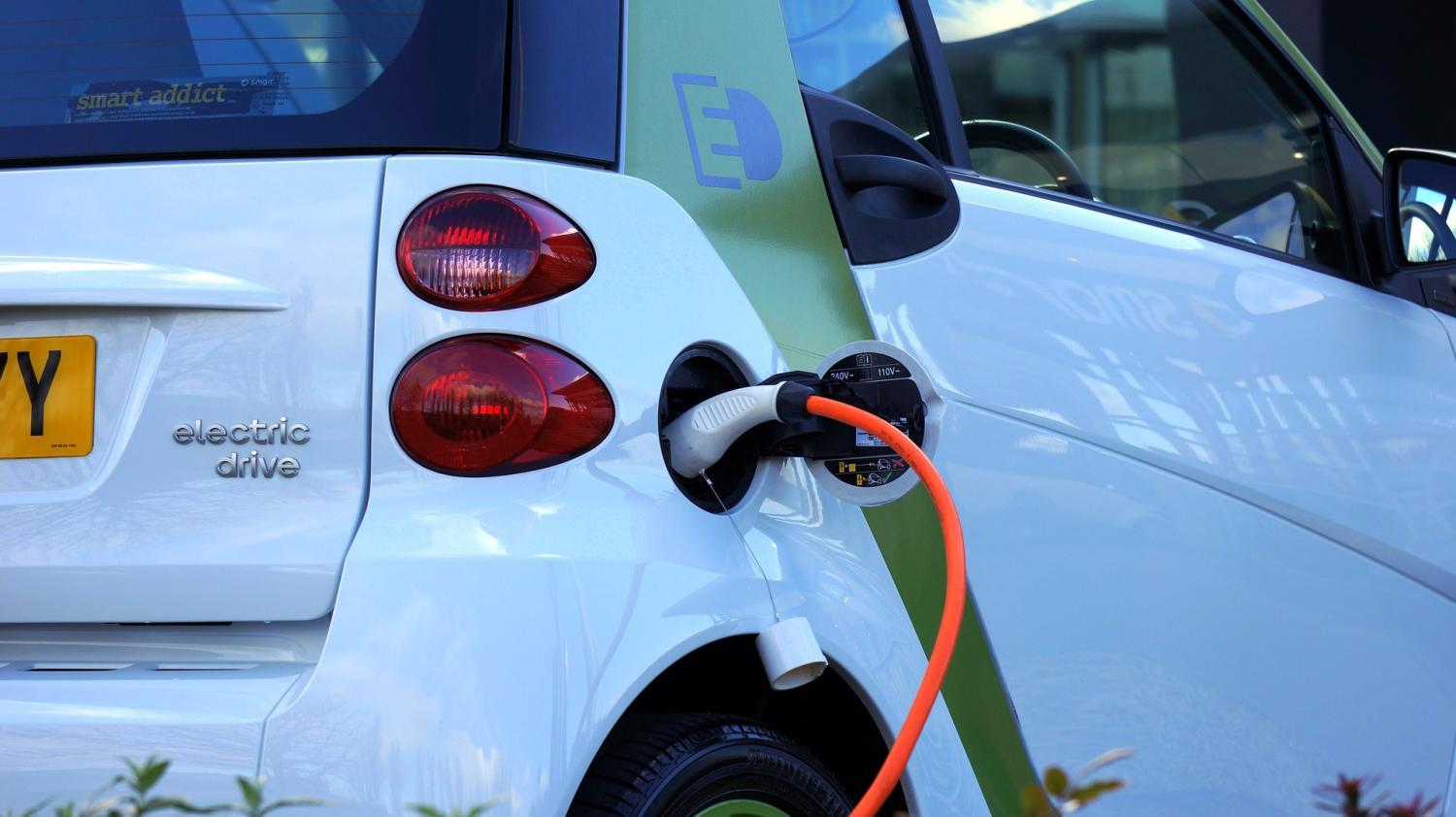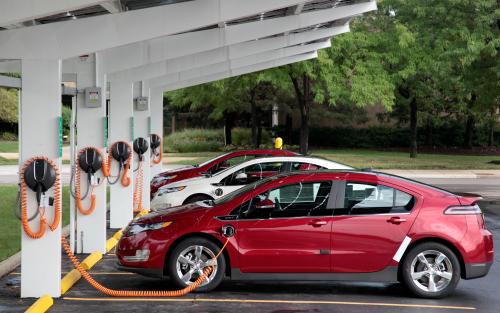Content from the Brookings Institution India Center is now archived. After seven years of an impactful partnership, as of September 11, 2020, Brookings India is now the Centre for Social and Economic Progress, an independent public policy institution based in India.
By any measure, India’s electric vehicle (EV) aspirations are steep from where we stand today, but they have sparked remarkable interest and action in policy, industry and research arenas. A push to mandate all vehicles sold by 2030 to be electric seems to have tempered, but high EV penetration scenarios remain likely. While costs and consumer choice remain fundamental factors, there are three additional key issues for realising any growth: (1) manufacturing; (2) grid capabilities; (3) charging infrastructure. In this paper, we focus on points (2) and (3).
As a market, India sells only a fraction of electric two-wheelers (E2Ws) and four-wheelers (E4Ws) annually as the aggregate two- and four-wheeler sales daily. In the absence of any significant deployment, it becomes difficult to plan and prioritise on a large-scale based on learnings. This is especially true in case of a transition to EVs, which has several wide-ranging ramifications related to urban infrastructure, manufacturing transitions and learning curves, grid planning and behavioural shifts.
This paper is set in the context of the electricity grid-level impact of EVs and the drivers and fallouts from a large-scale transition to EVs, based on the recent findings of an ongoing study by the authors. Through this paper, we also intend to explore specific aspects related to peak coincidence of EVs’ demand and Time of Day (ToD) aspects, heterogeneities between private and fleet vehicle charging behaviour and requirements, local issues of distribution capacity, carbon and grid utilisation co-benefits, tariff design strategies and fiscal implications of powering mobility.
We find an enormous divergence between energy (kWh) and load capacity (kW) implications of EVs. This is likely to be unmanageable under the conventional approach to capacity expansion, both on a technical level as well as a regulatory/pricing model. Regardless of the exact volume (share) of EVs in 2030, the grid impact can vary–between theoretical worst case scenario of when all EVs are plugged in simultaneously to a best case scenario of charging spread out as much as possible–with a ratio of over 50 times. The reality will be somewhere in between, based on several unknowns as discussed later. Normal grid loads today have an annual aggregate load capacity to effective capacity used factor of nearly five; for EVs this can vary between 80 and 160, based on the sales mix, duty cycle, and charging speeds. ToD pricing, local congestion signalling, and similar measures can play a crucial role in synergising the EVs to the electricity grid.
DOWNLOAD THE PAPER
The Brookings Institution is committed to quality, independence, and impact.
We are supported by a diverse array of funders. In line with our values and policies, each Brookings publication represents the sole views of its author(s).









